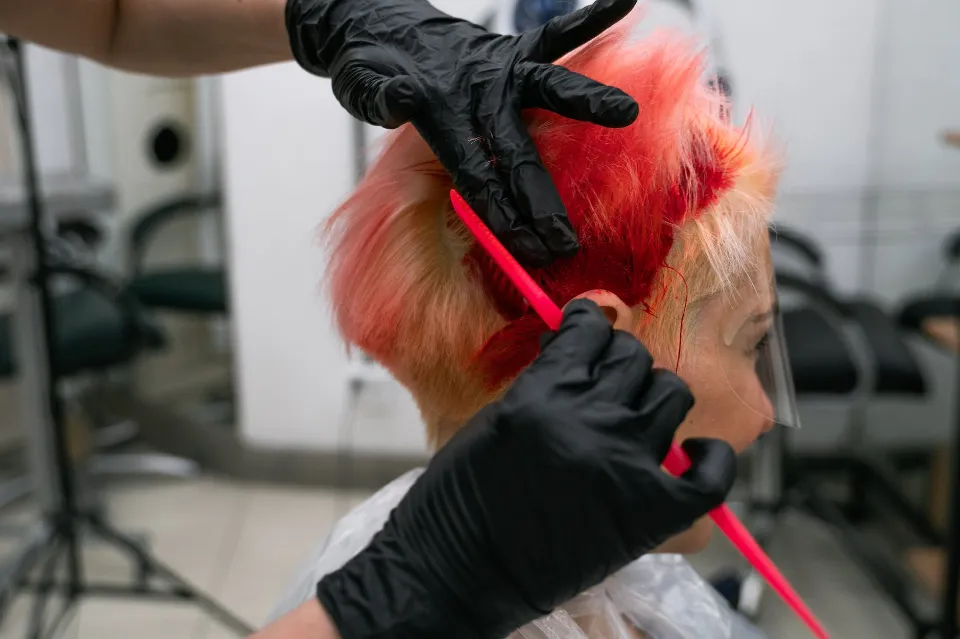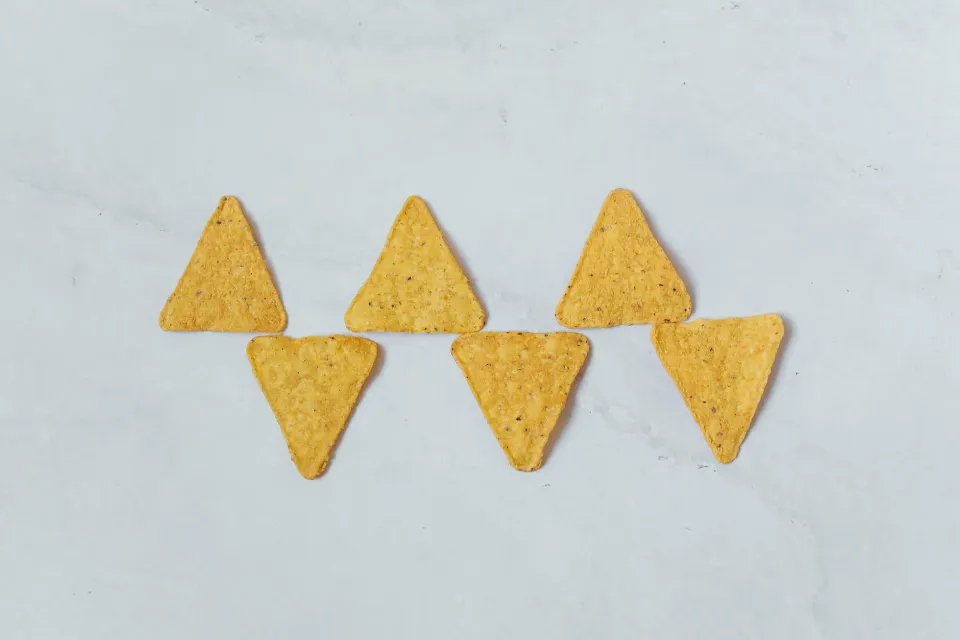Are you trying to find a quick and simple way to cook scrumptious and healthier meals without taking too much time in the kitchen? The Instant Pot Air Fryer is a great appliance for home cooks of all levels who want to cook faster and healthier.
This innovative kitchen appliance combines conventional cooking with health-conscious air frying to provide consumers with delicious fried foods that are low in calories, fat, and cholesterol.
You will discover how to use Instant Pot Air Fryer in this blog post, enabling you to quickly prepare delicious meals while maintaining the nutritional quality of your family’s diet.
What is An Instant Pot?
An Instant Pot is an electric countertop multi-cooker that combines the capabilities of a steamer, sauté pan, rice cooker, pressure cooker, and slow cooker into one practical appliance. Pressure cooking with the Instant Pot drastically reduces the amount of time spent in the kitchen preparing meals, while retaining nutrients and locking in flavor.
An Instant Pot Air Fryer is a unique kitchen appliance that combines the power and convenience of an electric pressure cooker with the delicious crunchiness of air frying. For busy families, this all-in-one appliance is a great option because it enables you to prepare your favorite meals more quickly and mess-free.

Benefits of Use Instant Pot Air Fryer:
Given all of its advantages, the Instant Pot Air Fryer is a fantastic addition to any kitchen. Here are some of the reasons why you should consider using an Instant Pot Air Fryer:
• The Instant Pot Air Fryer is perfect for busy families who don’t have time to wait around for dinner because it cooks food up to 70% faster than traditional methods.
• Dishes that are air-fried can be much healthier than those that are deep-fried by omitting unhealthy fats and additives.
• Versatile recipes — The Instant Pot Air Fryer’s pre-programmed settings and temperature control allow you to make a variety of delectable dishes quickly and easily.
• Simple cleanup – The Instant Pot Air Fryer is simple to clean thanks to its non-stick interior, making it a great option for people who don’t have time to spend washing dishes.
• Options for accessories: Some Instant Pot Air Fryer models come with bakeware and crisper trays, enabling you to create even more delectable dishes.
It’s understandable why so many people select an Instant Pot Air Fryer as their preferred kitchen appliance when you combine all these advantages.
What Makes the Instant Pot Air Fryer Unique?
A few essential features that distinguish the Instant Pot Air Fryer from other countertop appliances such as microwave oven. All of the Instant Pot’s features are included, and an air fryer basket is also included for consistently perfectly crispy food. This enables you to produce dishes of restaurant quality without having to slave away in front of your stove for hours on end.
But you may think that air fryers are toxic, in fact, the air fryer is a remarkably adaptable appliance because the basket can be removed and used separately. With the Instant Pot Air Fryer, you can quickly pressure cook and then crisp up your food. Even baking cakes right in the pot or roasting vegetables is an option!
How to Use the Instant Pot Air Fryer?
It is simple and easy to use the Instant Pot Air Fryer for delicious recipes. Depending on what you’re cooking, just pick one of the pre-programmed cooking functions, make the necessary adjustments, and press start. The air fryer basket makes it simple and quick to prepare meals of restaurant quality at home.
Here’s a quick guide on using an Instant Pot air fryer:
1. Prepare the food you intend to cook (for instance. vegetables, chicken, fish, etc.).
2. Put the Instant Pot’s air fryer lid in place and add the air fryer oil.
3. Turn the Instant Pot on and select the “Air Fryer” setting.
4. Your recipe may require adjusting the temperature and time settings, and sometimes you can spray some water on your air fryer.
5. Place the food in the air fryer basket, making sure it is evenly spaced.
6. Close the air fryer lid and start the cooking process.
7. Use the “Keep Warm” or “Cancel” button to stop the cooking process when done.
8. Serve the food after carefully removing the Instant Pot’s basket.
You don’t need to order takeout or wait hours for dinner when you can prepare restaurant-quality food right in your own kitchen with just a few easy steps. The Instant Pot Air Fryer makes cooking at home hassle-free while still producing top-notch results.
First Thing You Need to Do!
It’s important to become familiar with the Instant Pot Air Fryer’s instructions and safety features before you begin using it. Before using, make sure to read the manual in its entirety because it contains all of the instructions you require. Spend some time practicing using the various cooking settings and functions as well so that you are confident using the appliance.
Your Instant Pot Air Fryer will be prepared for use after you complete these steps! Therefore, start cooking right away to take advantage of the mouthwatering meals that this incredible kitchen appliance has to offer. Enjoy restaurant quality dishes without having to leave home or spend hours in front of a stove thanks to an Instant Pot Air Fryer, your meals are just a few steps away!

Safety Precautions When Use Instant Pot Air Fryer
It’s crucial to read and adhere to the instructions carefully before using your Instant Pot Air Fryer. To avoid receiving an electric shock, make sure to keep the air fryer away from water and other wet surfaces. Moreover, for safe transfer of hot food items, always use oven mitts or pot holders. Last but not least, always unplug your Instant Pot Air Fryer before cleaning it. Some people think that air fryers may cause cancer, and you can be conscious of the risks and take precautions to lessen your exposure to dangerous chemicals.
Setting Up the Instant Pot With Air Fryer Lid
In order to use your Instant Pot Air Fryer, you need to attach the air fryer lid. Simply place the Instant Pot’s lid on top of it and press down until it locks in place to do this. You should then see a “Fry” option appear in the display screen with various temperature settings. You can now begin using your Instant Pot Air Fryer!
With all these features combined, an Instant Pot Air Fryer is sure to become your favorite kitchen appliance! Now you don’t have to spend hours slaving over a stovetop to prepare restaurant-quality meals at home, from mouthwatering fried chicken wings to crunchy roasted vegetables. You can enjoy perfectly crisp foods right in your own kitchen with just a few easy steps. So don’t wait, start preparing meals with an Instant Pot Air Fryer right away!
Safety Precautions When Cleaning the Instant Pot Air Fryer
It’s crucial to thoroughly clean your Instant Pot Air Fryer after using it. Make sure to unplug the appliance and give it time to completely cool down before cleaning. Never immerse the air fryer in water or any other liquid as this could result in an electric shock. Instead, use a soft cloth dampened with warm soapy water to wipe down all of its surfaces. Additionally, avoid using scouring pads or abrasive cleaners on the air fryer’s exterior or interior because doing so could harm the appliance. Your Instant Pot Air Fryer will be prepared for use again after you’re finished by simply wiping down any leftover water with a dry cloth.
Making Delicious Meals With Your Instant Pot Air Fryer
Now that your air fryer is all set up and ready to go, it’s time to start cooking some delicious recipes in instant pot air fryer! Put food into the air fryer basket first, such as vegetables, potatoes, or even chicken wings. Choose your preferred cooking setting and temperature on the display screen after you have added the ingredients. Once that’s done, start cooking in your Instant Pot Air Fryer.
Check on your food by opening the lid after a few minutes. Use oven mitts or pot holders to remove it from the appliance if it appears to be ready. Enjoy your delicious meal that you quickly and easily prepared with an Instant Pot Air Fryer! With all of its incredible features combined, you can quickly prepare restaurant-quality meals at home.
Tips Use the Instant Pot Air Fryer:
1. Preheat the air fryer before adding food items to ensure optimum cooking results.
2. To get extra-crisp results, use oil or cooking spray on your food items.
3. To ensure an even distribution of heat and texture throughout the cooking process, shake the basket periodically.
4. To prevent overcooking or burning, watch the food as it cooks.
5. Before putting food in the fridge or freezer to be used later, allow it to cool completely.
6. Clean your Instant Pot Air Fryer frequently to prevent grease and residue buildup that can eventually affect the flavor of your food.
These pointers will help you make the most of your Instant Pot Air Fryer and easily enjoy delicious homemade recipes. If you are interested in more instant pot air fryer products, welcome to visit Home Services Offers Website.






























